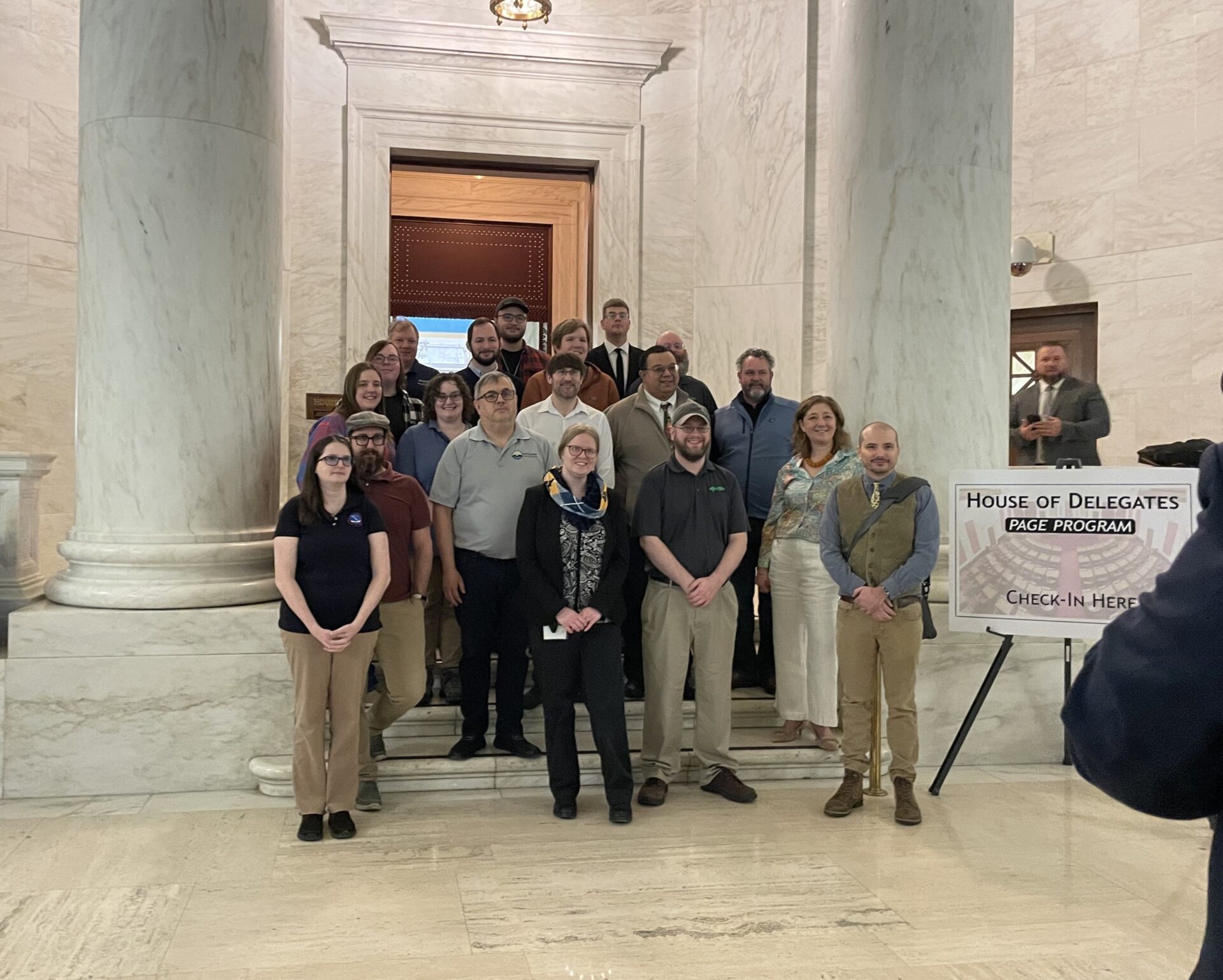There’s a very important competition taking place in Washington D.C. next week. It’s the National Geographic Bee and West Virginia has a competitor who thinks he has the right stuff.
Andrew Christy is an 8th Grader at St. Francis de Sales Central Catholic School, in Morgantown. He’s going to represent West Virginia, for THE THIRD YEAR IN A ROW, at the National Geographic Bee. He came up short on his first two tries, but now, it’s his final chance to bring home 50 thousand dollars in college scholarships and bragging rights to the Mountain State.
“It feels really good; in sixth grade I was very nervous, in seventh grade, I was pretty nervous, but this year I think I know what’s going on,” said Christy.
“I know the drill. I’m still a little nervous, but not as nervous as I have been before.”
Like Spelling Bees, at a Geography Bee contestants must answer questions correctly to advance. But it’s a bit different in that every contestant will have to answer nine questions, and the best ten competitors get to make it to the finals. That usually means if you miss one of the nine, you’re probably out of the game.
And they aren’t easy questions, either. Listeners, let’s try one together. Here’s the question.
Caribbean Hindustani, a dialect of Hindi, is commonly spoken in an island country off the coast of Venezuela. Can you name the country?
The Answer is Trinidad and Tobago. That’ s a sample question of what might be asked in the bee. Andrew says the questions are tough: few are multiple choice, and while clues may be given, a contestant really has to know where to find them.
“Last year at nationals, there was a question about the Gulf of Fonseca, it’s between El Salvador, Honduras, and Nicaragua, and I got it wrong,” Christy said.
“They won’t straight ask you what’s the capital of this country, or what river runs through this capital, they will word it differently and give you clues in the question. You can ask for them to repeat the question, or for them to spell a word.”
He may not have traveled to the Gulf of Fonseca, but he’s traveled a lot for a 13 year old young man, and he says traveling has helped him stay enthused about geography.
“I like western South America, because that’s where llamas live and I really like llamas. They are my favorite animal,” said Christy.
“We went on a cruise in Europe; we went to Italy, Greece, Croatia, and Turkey. I’ve been to the Bahamas, and I have been to Niagara Falls.”
To prepare for the challenge, Christy studies atlases and maps, and takes online quizzes. He says the most difficult part of the competition every year are the other competitors.
“Everyone is good because they had to win their state, and region. Everyone is good, they are all on the same level, or better than you,” he said.
But he loves the competition. Andrew will be attending Morgantown High School next year. He isn’t sure about his future plans, other than to attend college where he’s interested in studying science, or possibly architecture.
Andrew will be in Washington this weekend to compete in the National Geographic Bee. The top 10 finalists will compete in the final round, next Wednesday, moderated by journalist Soledad O’ Brien. It will air on television on the National Geographic Channel.
